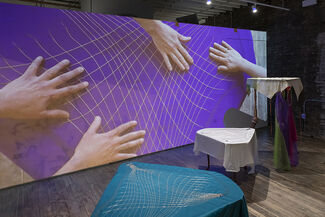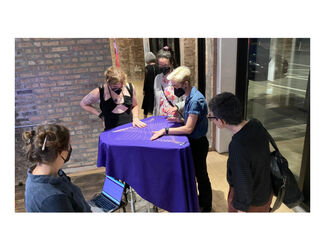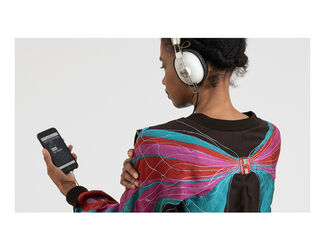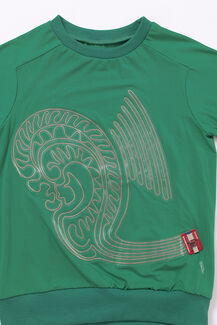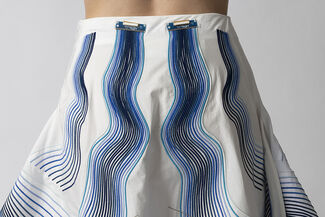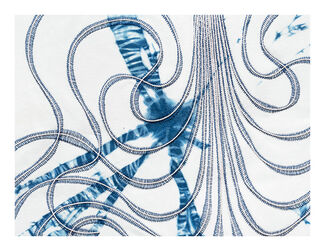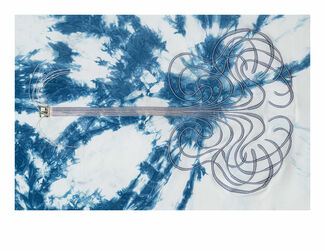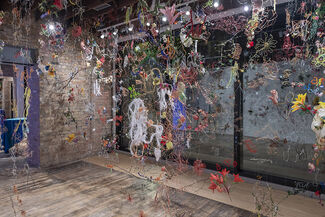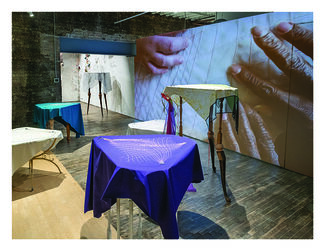

Anke Loh
Professor
Contact
Bio
Professor, Fashion. Education: BFA, 1998, MFA, 1999, Royal Academy of Fine Arts, Antwerp. Collection Sold In: Style, Brussels; IT, Hong Kong; Robin Richman, Chicago. Costume Design: Anne Teresa De Keersmaeker; Exhibitions: Fashion Museum Hasselt; Opera City Art Gallery, Tokyo; Chicago Cultural Center; Centre Pompidou, Paris. Lectures: Smart Fabrics Conference, London; London College of Fashion; International Conference of the Korean Society of Costume, Seoul; Hongik University, Seoul. Fellowship: Research Centre for Fashion, Body and Material Cultures, University of the Arts London. Bibliography: Functional Aesthetics: Visions in Fashionable Technology; Fashion Theory; Kwintessen; I.D.; New York Times; Antwerp Fashion 6+.
Personal Statement
Anke Loh (she/her) is a designer, artist and educator who works at the intersection of fashion, art and technology. With a focus on textile development and wearable tech, her collaborative practice explores potential ways to build community through craft and making. In the process of creating installations and site-specific interventions, Loh regularly invites scientists, designers, artists, and community members to collaborate on innovative projects, like her touch-sensitive embroidered textiles that can elicit pre-recorded soundscapes and imagery. Her practice explores the inherent meaning and symbolism embedded into everyday materials, for example, wire, used not only for building fences, yet also serving as a conduit for communication across borders of all kinds.
Loh has integrated her multidisciplinary approach to art and design throughout her academic career at the School of the Art Institute of Chicago, where she is a Professor in the Fashion Design Department. Her work has attracted international media attention and recognition in addition to awards, including the Laureate at the Festival International des Arts et de la Môde in Hyères, France. Her work has been featured at New York’s Fashion Week, Paris’ Centre Pompidou, Japan’s Osaka Collection Show, and Mode Expo Antwerp, Belgium.
